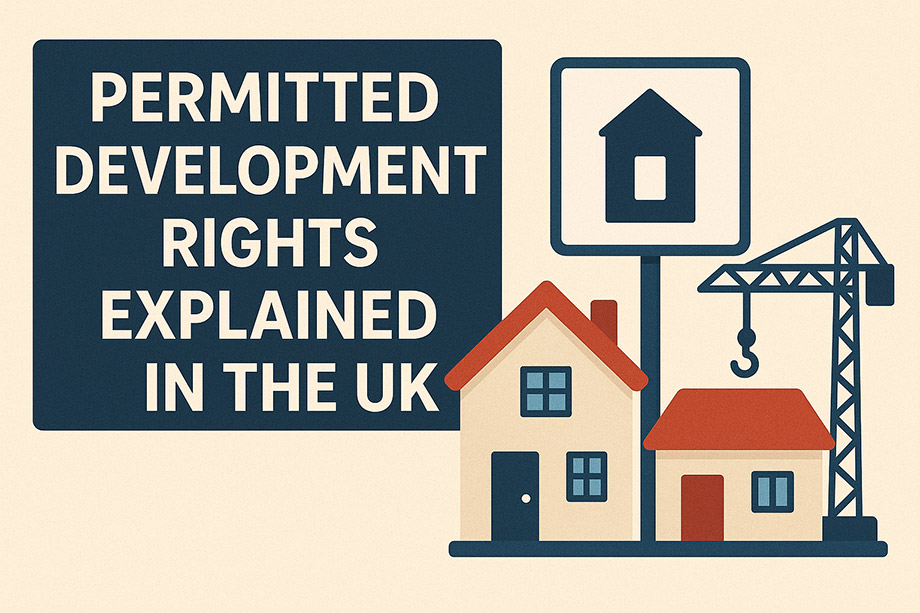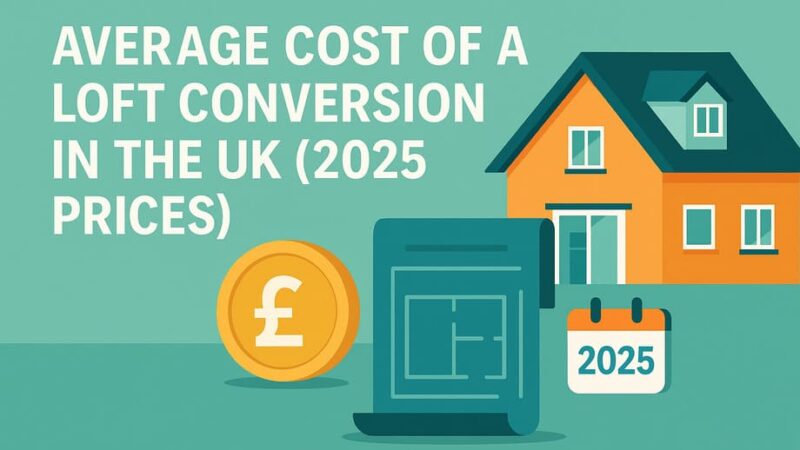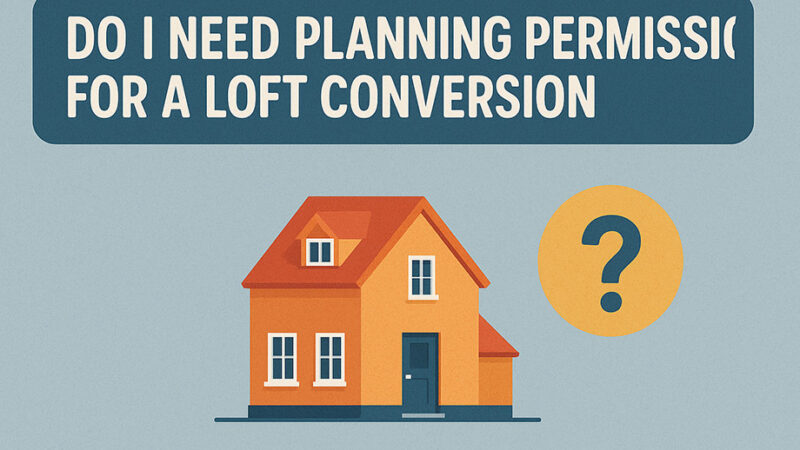Permitted Development Rights Explained in the UK

If you’re thinking about improving your home, you’ve probably come across the term “permitted development rights.” These rights can save you time and money by allowing you to carry out certain types of building work without needing full planning permission. But what exactly do they cover, and how do you know if your project qualifies?
Let’s break it down in simple terms.
Table of Contents
What Are Permitted Development Rights?
Permitted development rights are rules set by the UK government that allow homeowners to carry out specific improvements or extensions without having to apply for full planning permission. They were introduced to simplify the planning process for common types of building work.
This means that for many small projects, such as adding a rear extension or converting your loft, you might not need to deal with the full planning system at all.
What Type of Work Is Covered?
Some of the most common home improvements covered by permitted development rights include:
- Loft conversions
- Single-storey rear extensions
- Garage conversions
- Porches
- Installing roof lights or dormer windows
- Garden buildings and sheds
- Solar panels
- Internal alterations
Each of these comes with specific size limits and conditions, so it’s important to check the details before starting work.
When Permitted Development Doesn’t Apply
Not every property qualifies for permitted development. You may not have these rights if:
- You live in a conservation area, national park, or Area of Outstanding Natural Beauty
- Your home is a listed building
- You live in a flat or maisonette (these don’t have the same rights as houses)
- The property has had its rights removed by the local council (via something called an Article 4 Direction)
In these cases, you’ll need to apply for full planning permission even for minor changes.
Do You Still Need Building Regulations?
Yes. Even if your project qualifies under permitted development, it must still comply with building regulations. These rules ensure the work is safe and meets legal standards for structure, insulation, fire safety, and access.
Think of it this way: permitted development is about whether you need permission to build, while building regulations are about how safely and legally the work is carried out.
How to Be Sure Your Project Qualifies
The best way to confirm whether your plans fall under permitted development is to:
- Check the Planning Portal: The UK government’s Planning Portal website has detailed guidance on what is and isn’t allowed.
- Contact your local planning authority: They can clarify any local restrictions that might apply.
- Apply for a Lawful Development Certificate: This is optional, but it gives you formal confirmation that your project doesn’t need planning permission. It’s useful to have if you ever sell the property later.
Final Thoughts
Permitted development rights offer a faster, more flexible route to making home improvements. Whether you’re planning a loft conversion, a new extension, or changes to your garden, it’s worth checking if your project qualifies.
Always read the guidelines carefully or speak to a professional to make sure you’re staying within the rules. Getting it right from the start helps you avoid delays, extra costs, or even having to undo completed work.
Last Updated on July 21, 2025 by James Cartwright







